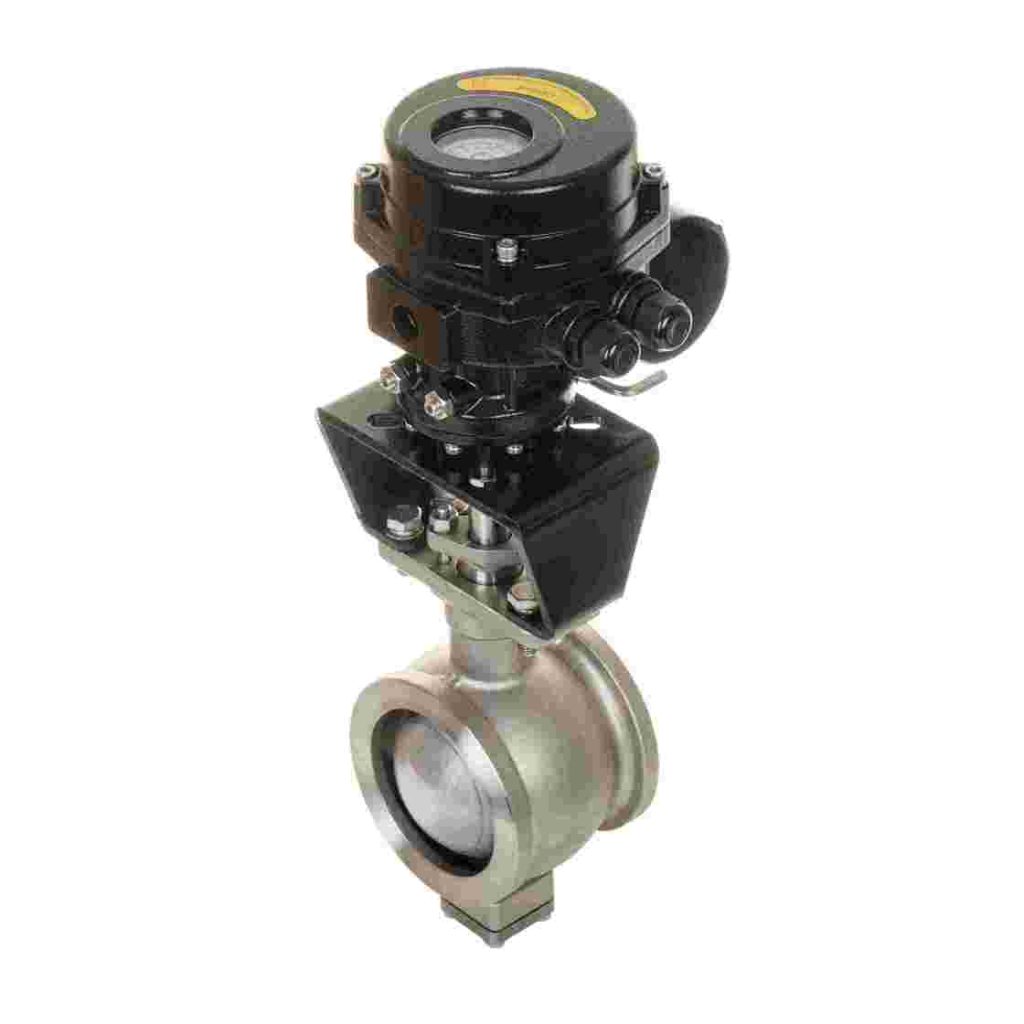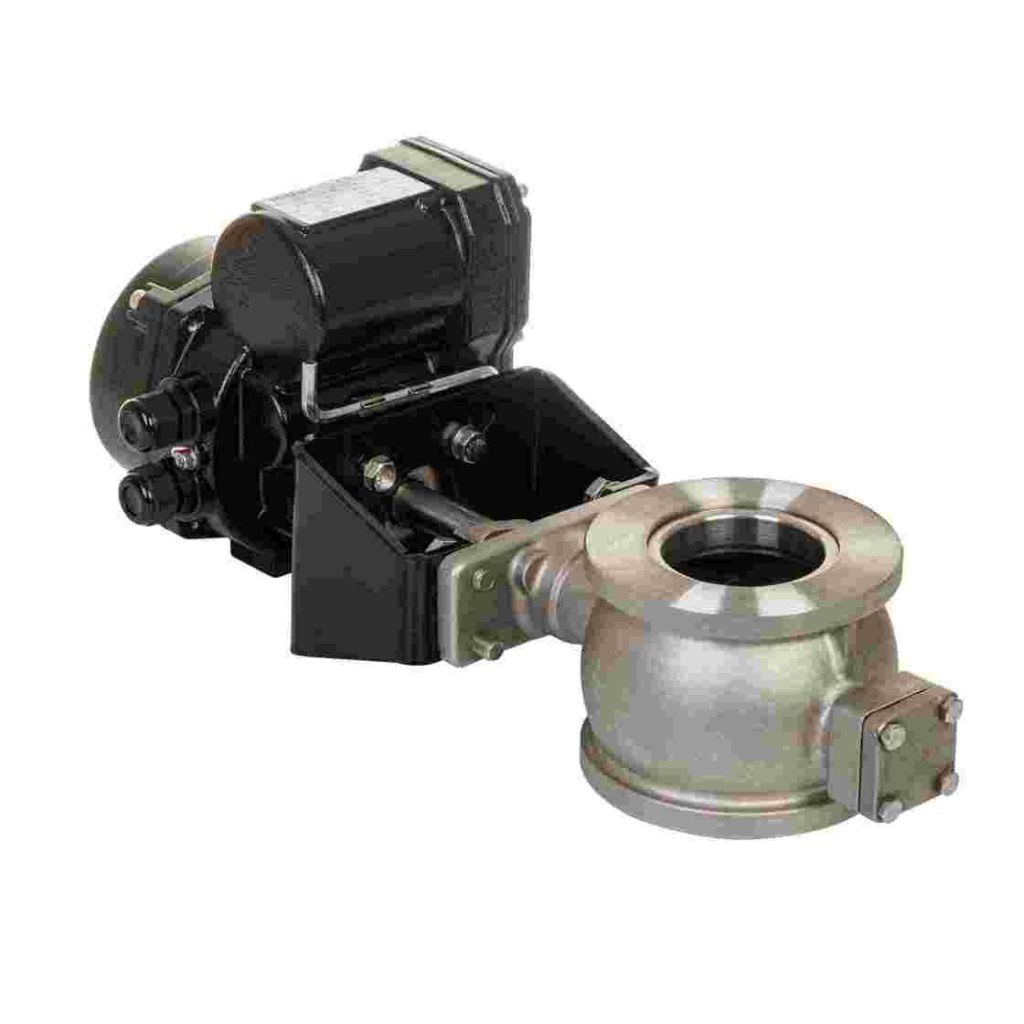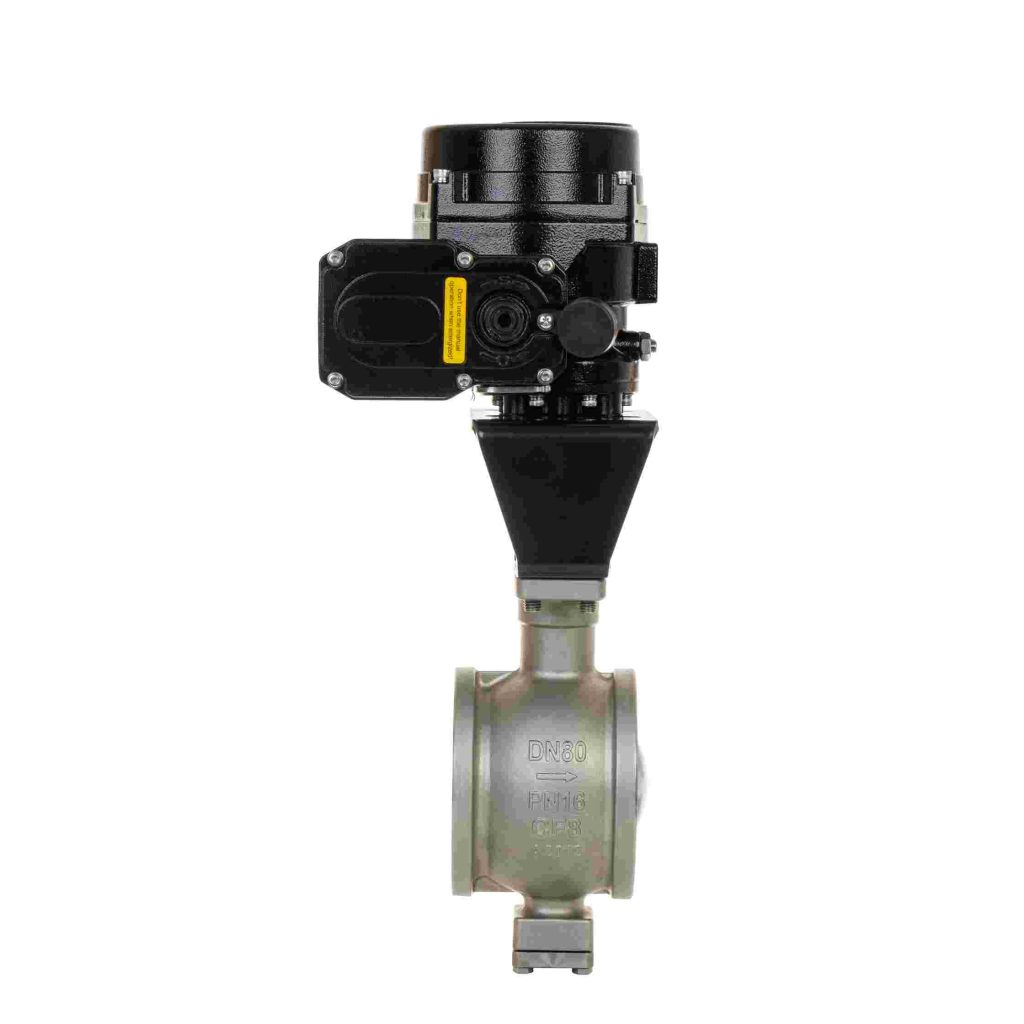As the world increasingly shifts towards sustainable energy sources, hydrogen has emerged as a promising alternative to fossil fuels. Among the various technologies that facilitate the effective use of hydrogen energy, the electric V-ball valve plays a crucial role. This article explores the significance, functionality, and applications of hydrogen energy electric V-ball valves in promoting a sustainable energy future.

Understanding Hydrogen Energy

Hydrogen energy is derived from hydrogen, the most abundant element in the universe. It can be produced through various methods, including electrolysis, steam methane reforming, and biomass gasification. When used as a fuel, hydrogen generates only water vapor and heat as byproducts, making it an environmentally friendly alternative to carbon-emitting fuels. As nations and industries aim to reduce their carbon footprint, hydrogen energy is gaining traction as a viable solution for clean energy. The Function of Electric V-Ball Valves Electric V-ball valves are specialized control valves designed for precise flow regulation in various systems, including those utilizing hydrogen energy. The term “V-ball” refers to the valve’s spherical ball with a V-shaped notch, which allows for a linear flow characteristic and a wide range of control capabilities. These valves are electrically actuated, meaning they utilize an electric motor to open, close, or modulate the flow of hydrogen.
